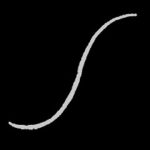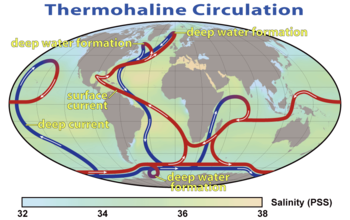It seems that everyone has something to say about the COVID-19 pandemic. Still i can hope to say something you haven’t heard before.
The coronavirus is a life form which exploits the internal resources of its host for its own purposes. All it wants to do is proliferate; destroying the health of its individual host is a side effect. If it mutated into a form that killed all of its hosts, it would destroy itself as well. If it mutates into a form we can live with, like the common cold or something more benign, it will live as long as we live to host it. But it has no control over how it mutates; it is not aware of the effects it has or even of what it ‘wants to do.’
Humanity too is a life form which exploits the resources of its host (the Earth) for its own purposes, and is busily destroying the health of its own support system. The present pandemic has slowed down our busyness, which we are pleased to call “the economy,” and this slowdown has given some of us a rare opportunity to step back and reflect on the whole situation. We might even mutate into a more benign and less destructive presence on the Earth. Unlike that of a virus, though, our self-mutation could be consciously chosen – if humanity as a species can achieve something like a collective consciousness.
No matter what conscious choices we make, either as individuals or as a species, they are motivated by values that we are hardly able to question while we live. Living makes us partial to life. All life forms are held in the ruthless grip of life itself, compelled to seek out forms of energy that they can transform into their own activities, embodiments and infrastructures. Every living body is driven to survive and reproduce, to crowd out a place for itself and its kin. Every life form is dedicated to continuing its existence; even a life form that realizes its kinship with all living beings is partial to life itself. Life not only determines our needs but tells us what to want.
There is no force in the universe more creative, or more destructive, than the life force. If it has any purpose other than persisting, it must be to diversify its embodiments. Over the course of evolution on earth, both biological and cultural, it produces ever more baroque and bizarre complexities of body type and behavior, often at the expense of other types, other species. Since every one of them wants to go on living, Life imbues us all with a horror of death, making us forget that death is an essential feature of it, and extinction an essential feature of evolution. Life does its best to hide that side of its nature by distracting us with all sorts of motivations, pleasures and predilections, interests and intentions, celebrations and cerebrations. Even now it inspires this writer with the illusion that life is coming to know itself through me.
Yet there are moments when life seems to loosen its death grip on us, when we let go of conscious intentions and allow time, which is even deeper than life, to carry us along. After working on Turning Signs for 20 years, or perhaps all my life, it now occurs to me that living the time is what it was all about. All i have to do now is let go of it, and be ready for what’s coming next. Can humanity do that?
 is the simplest case of a special feature, a singularity, as it is called by geometers, which the law of the continuity itself engenders, without destroying the continuity. All this may seem to be very foreign to logic, and perhaps it is so. Yet it illustrates the point that the valuable idea must be eminently fruitful in special applications, while at the same time it is always growing to wider and wider alliances.
is the simplest case of a special feature, a singularity, as it is called by geometers, which the law of the continuity itself engenders, without destroying the continuity. All this may seem to be very foreign to logic, and perhaps it is so. Yet it illustrates the point that the valuable idea must be eminently fruitful in special applications, while at the same time it is always growing to wider and wider alliances. 